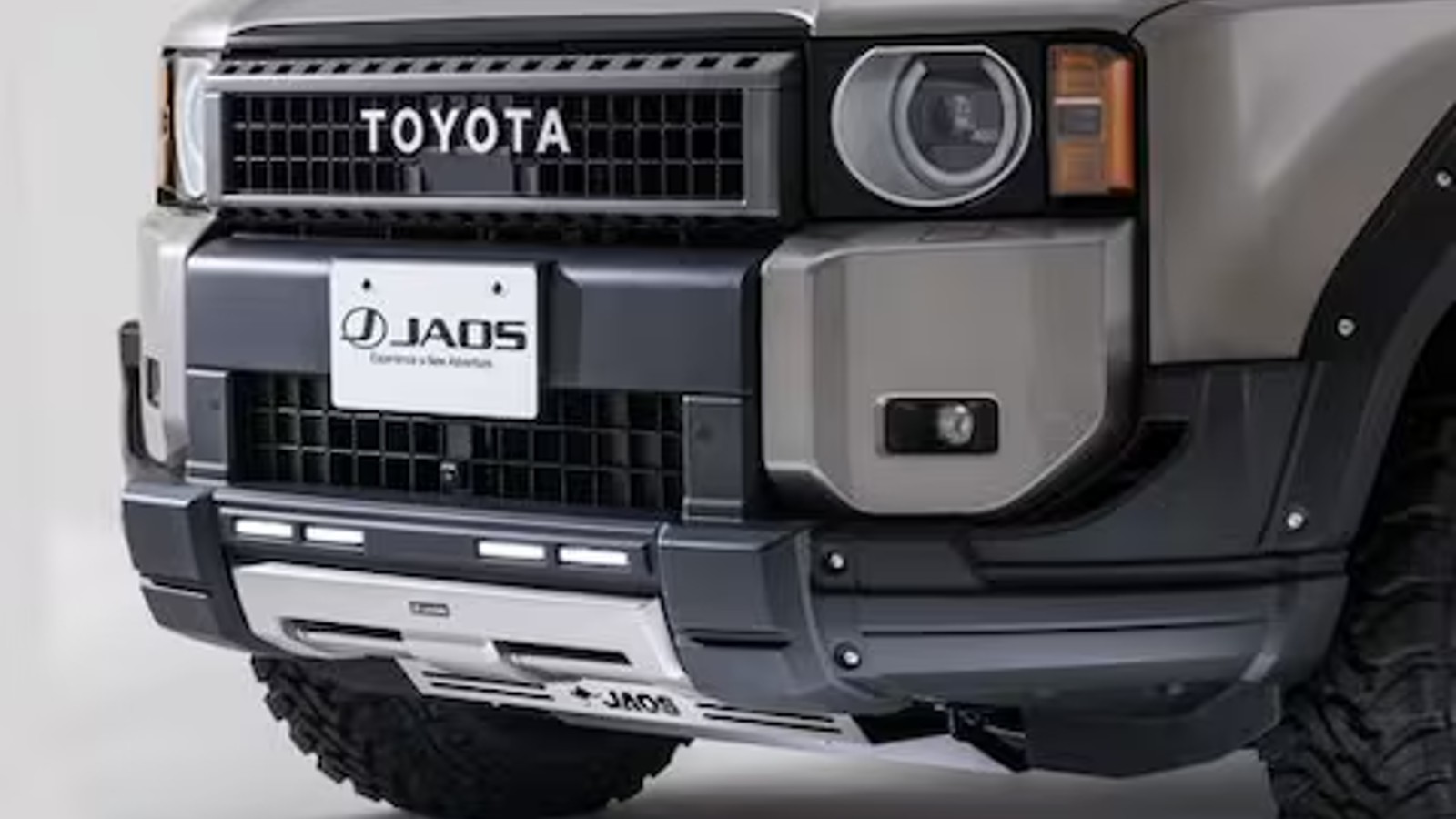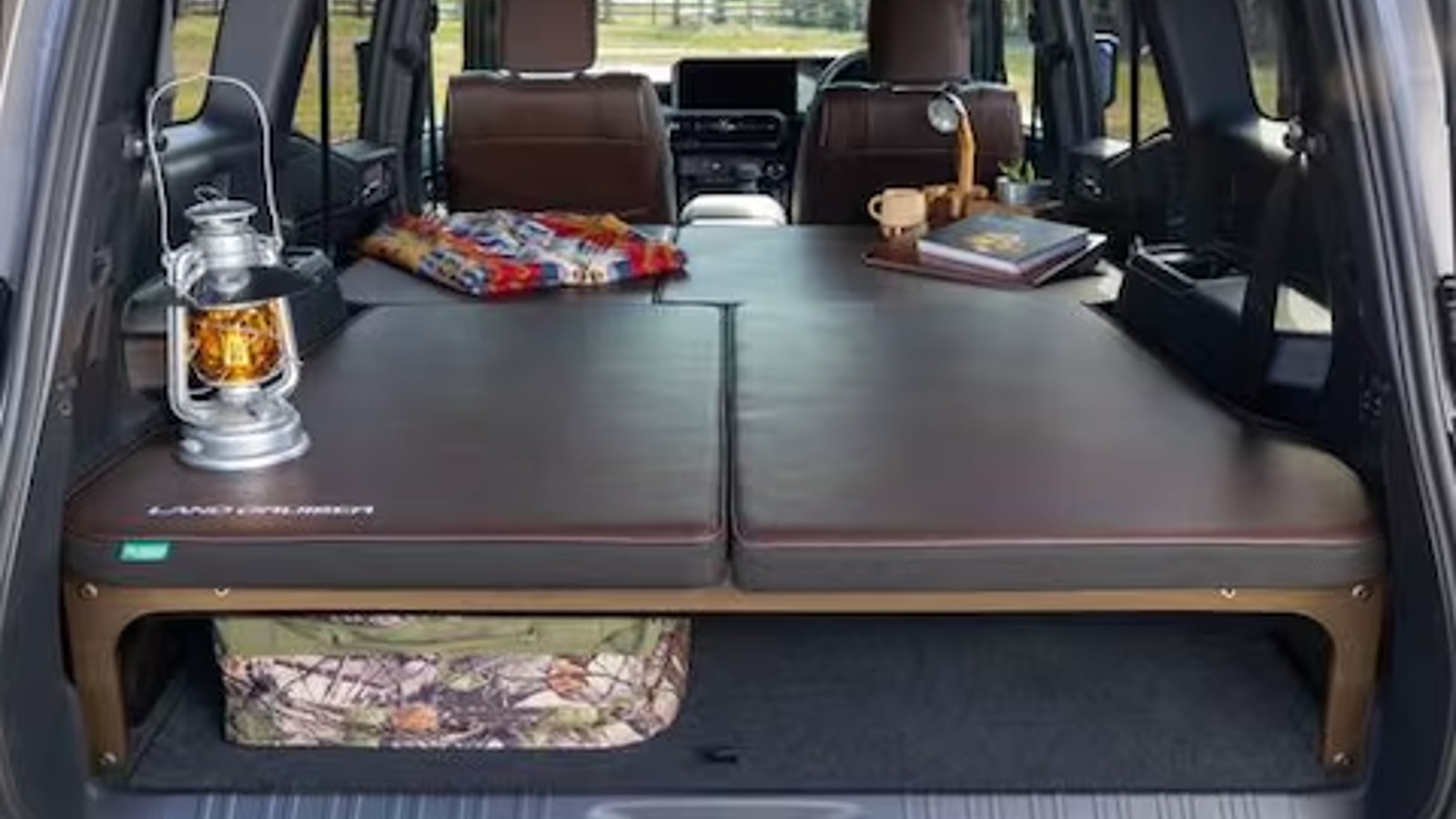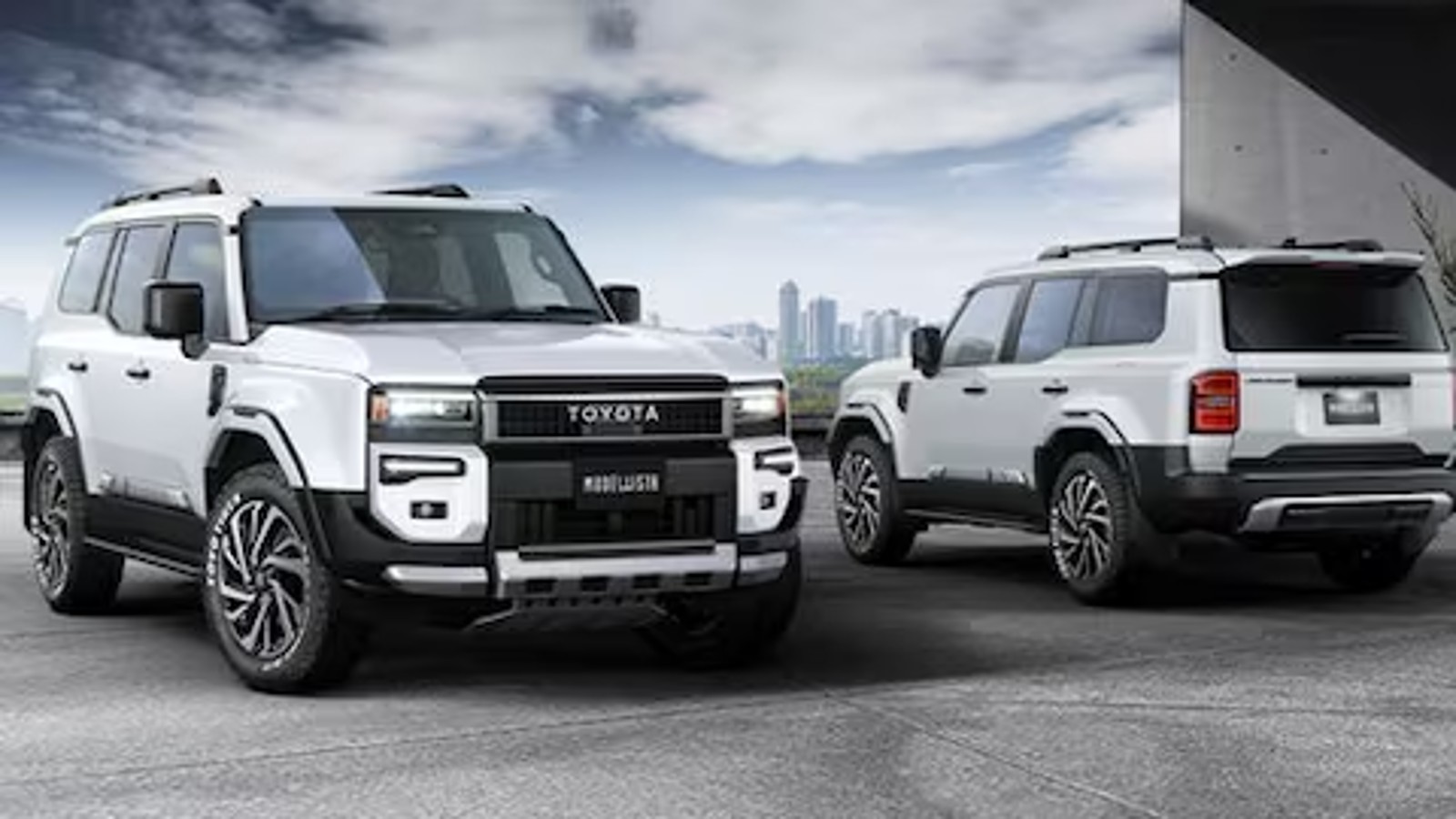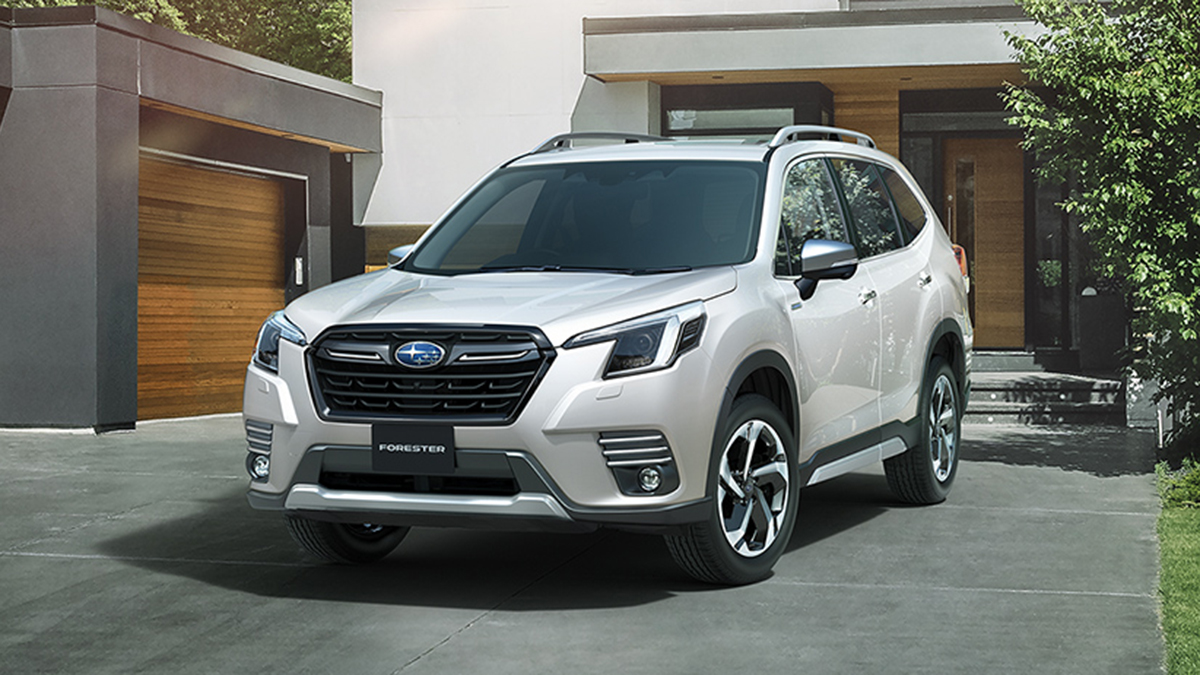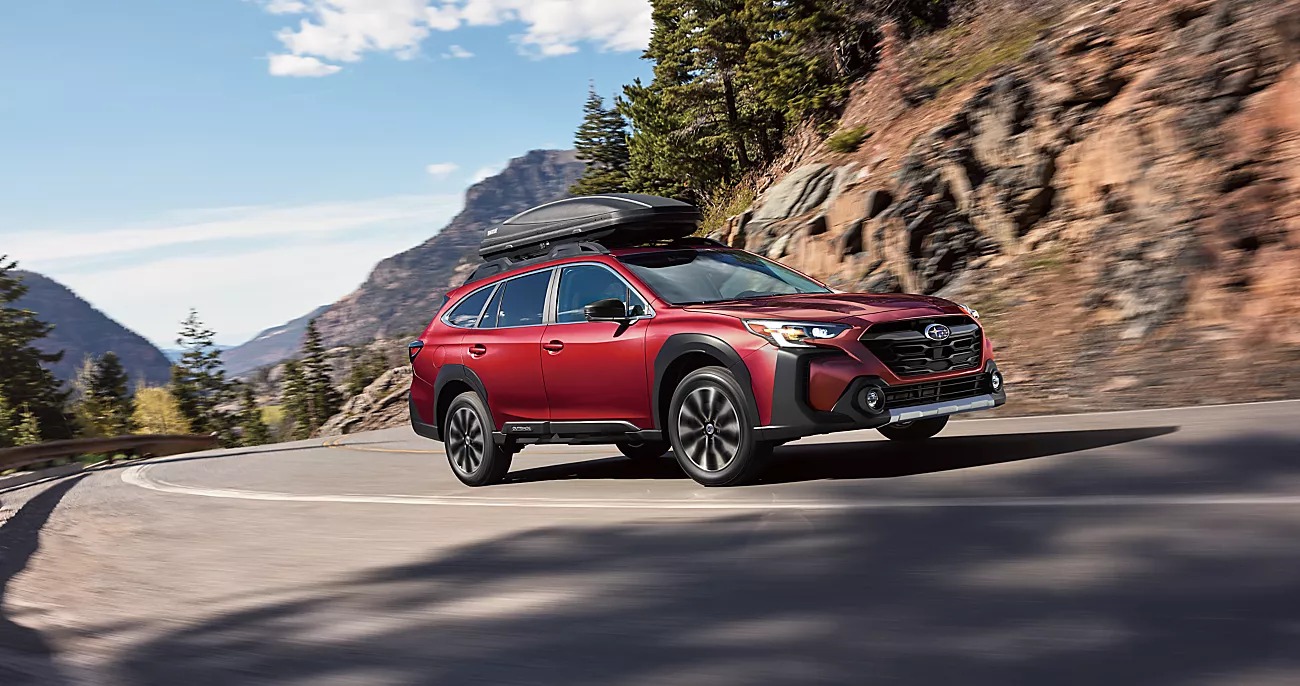Toyota on Thursday announced plans to invest $1.4 billion in its plant in Princeton, Indiana, to support production of a three-row electric SUV.
The investment also covers production of battery packs at the site using lithium-ion batteries supplied by a Toyota battery plant under construction in Liberty, North Carolina, and slated to start production in 2025.
The latest investment announcement brings Toyota’s total investments for U.S. production to $18.6 billion since 2021.
Toyota didn’t provide any details on the SUV but a spokesman told Automotive News (subscription required) it will be a Toyota-branded model larger than the three-row electric SUV Toyota plans to build at a plant in Georgetown, Kentucky.
Toyota BZ Large SUV
The SUV planned for Georgetown, which was announced in February and has received its own $1.3 billion investment, will also be a Toyota-branded model. It will be a midsize offering to be called the bZ5X. It’s due to start production in 2026 and is thought to have been previewed by one of the dozen of EV concepts Toyota rolled out in late 2021 (shown above).
Production of the SUV in Princeton is also expected to start in 2026, with sales to start late that year, pointing to an arrival as a 2027 model in the U.S.
The Princeton plant currently builds three gas-powered three-row SUVs: the Highlander, Grand Highlander, and related Lexus TX. It also builds the Sienna minivan. The planned electric SUV is rumored to carry the Grand Highlander nameplate.
Lexus is also planning to launch a three-row electric SUV that may be built at the Georgetown or Princeton plants. The vehicle may be called a TZ, judging by recent trademark activity. Such a name would indicate the SUV is an electric alternative to the TX.

